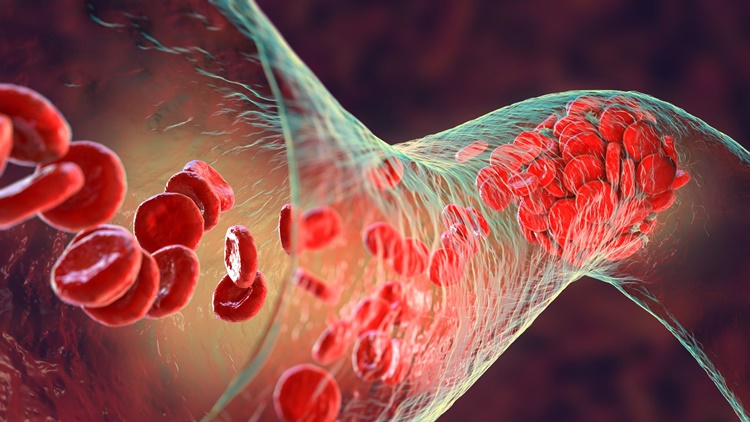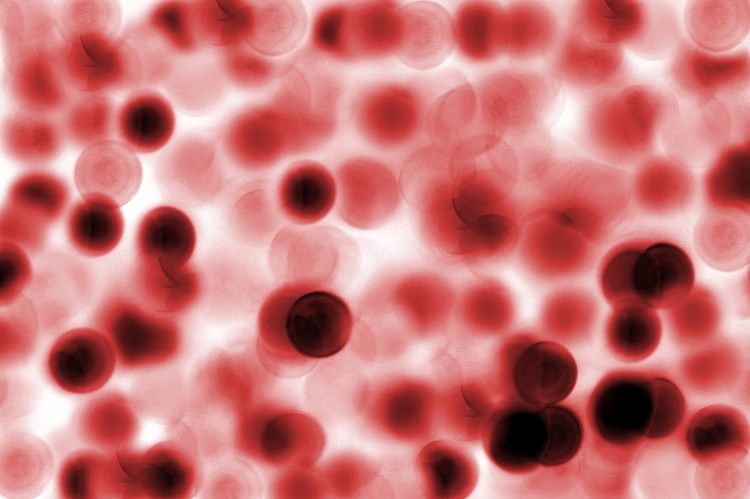Here’s What You Need To Know about Red Blood Cells (RBC) in Human Body
RED BLOOD CELLS – Here is a guide on the natura as well as the functions of this type of blood cell which is popularly called RBC.
One of the subjects and fields with a wide scope is Science. Its lessons include nature, life, and even down to the smallest unit that can live on its own — the cell. The blood contains many types of cells as there are different types of blood cells. It is important to study their functions not just for professionally-related purposes but to really know how they work.

One of the blood cells is the Red Blood Cell or also popularly called RBC. Its main function is to bring oxygen to the tissues inside the body. It is through it that the tissues produce energy and release waste called carbon dioxide.
The RBC take the carbon dioxideto the lungs for exhalation. It takes a continuous return trip to keep the body healthy. The RBC develops in the soft bone tissue or bone marrow of the body.

Red blood cells, as its name suggests, has a bright red color. They have the shape of a flat disk or doughnut and they can only be seen using a microscope, one of the most common laboratory equipment.
When the body is low in RBC count, the person may experience some or all of the following symptoms:
- shortness of breath
- fatigue
- headache
- dizziness
- cold feet and hands
- chest pain
- jaundice
- rapid heartbeat
- pale skin
- limp
- dark urine
- fever
- brittle nails
- mouth ulcer
- heavy menstrual periods for women
- sore or inflamed tongue
There are several health conditions that affect a low red blood cells count in the human body. Here are some of them:
- anemia
- blood loss
- cancer
- congenital heart disease
- dengue
- hypoxia or low oxygen level in the blood
The tendency to have low RBC count can have various causes. The roots may include malnutrition, vitamin deficiency, and pre-existing medical conditions. The normal Red Blood Cells count depend on the age and gender. Here’s a guide:
- Children: 4 to 5.5 million red blood cells per microliter of blood
- Male Adults: 4.7 to 6.1 million red blood cells per microliter of blood
- Female Adults: 4.2 to 5.4 million red blood cells per microliter of blood
Aside from the Red Blood Cells, the other type of blood cell is the White Blood Cell. It is also popularly called WBC or leukocytes.
